Okinawan History Served Up For Lunch
At Nuchigafu, visitors can indulge in traditional Ryukyu food against a backdrop of priceless cultural history.
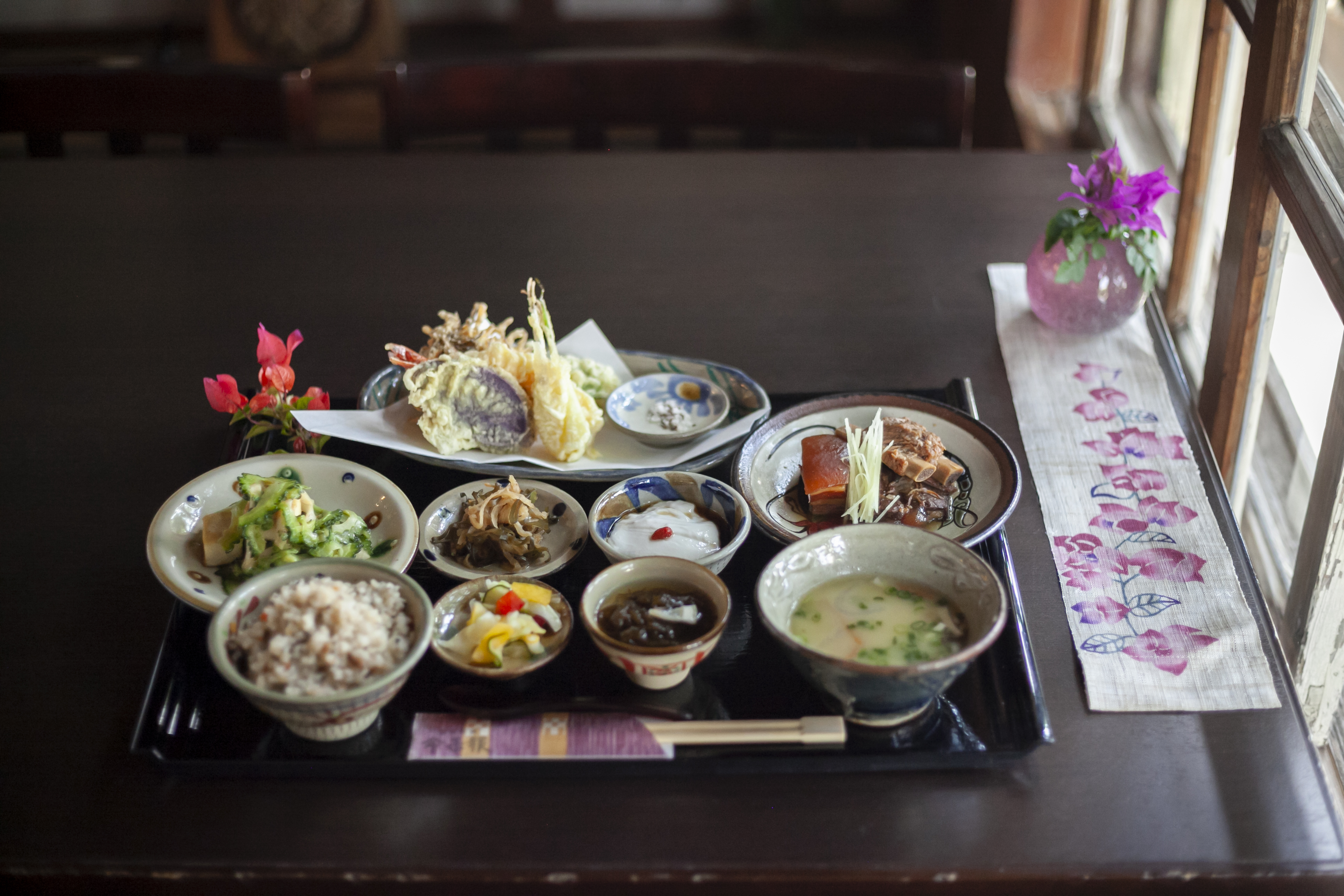
Enjoy traditional Okinawan dishes such as rafute(pork belly simmered in a miso concoction), tempura, and juicy(Okinawan style rice seasoned and cooked with various ingredients). Pictured is the lunch set, known as "Nuchigafu Gozen." ¥2,290 (+tax)
Nuchigafu serves a decadent plate featuring a multitude of traditional Okinawa cuisine—everything from the bitter-goodness of goya to Rafute, pork belly simmered in a miso concoction.
Indeed, whether you opt for the “Gozen” lunch plate or go for the full course offered at night, Nuchigafu is sure to provide you with a high-quality experience of the subtle taste of Ryukyu food.
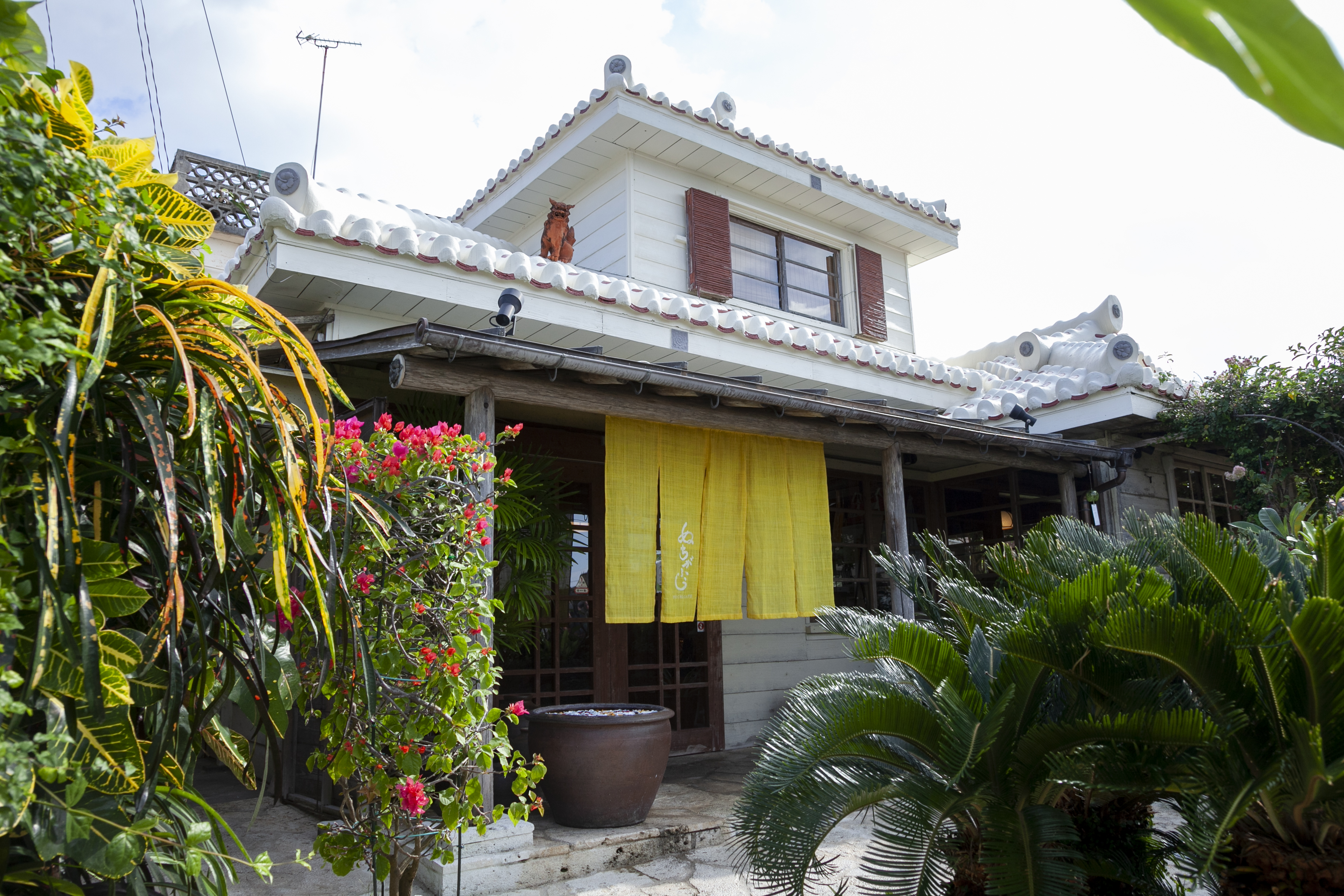
The restaurant is set up in a single-family house in a corner of Tsuboya, Naha City.
The food is made even better by the surroundings, as the traditional cityscape around the restaurant adds to the atmosphere. This cityscape even includes a traditional kiln used to make Okinawa’s famous pottery, known as “yachimun.”
Though no longer operational, it is registered as an important cultural property and adds a unique charm to the scenery.
As the culinary equivalent to Shuri Castle, the restaurant serves as a perfect introduction to the unique cuisine of Okinawa.
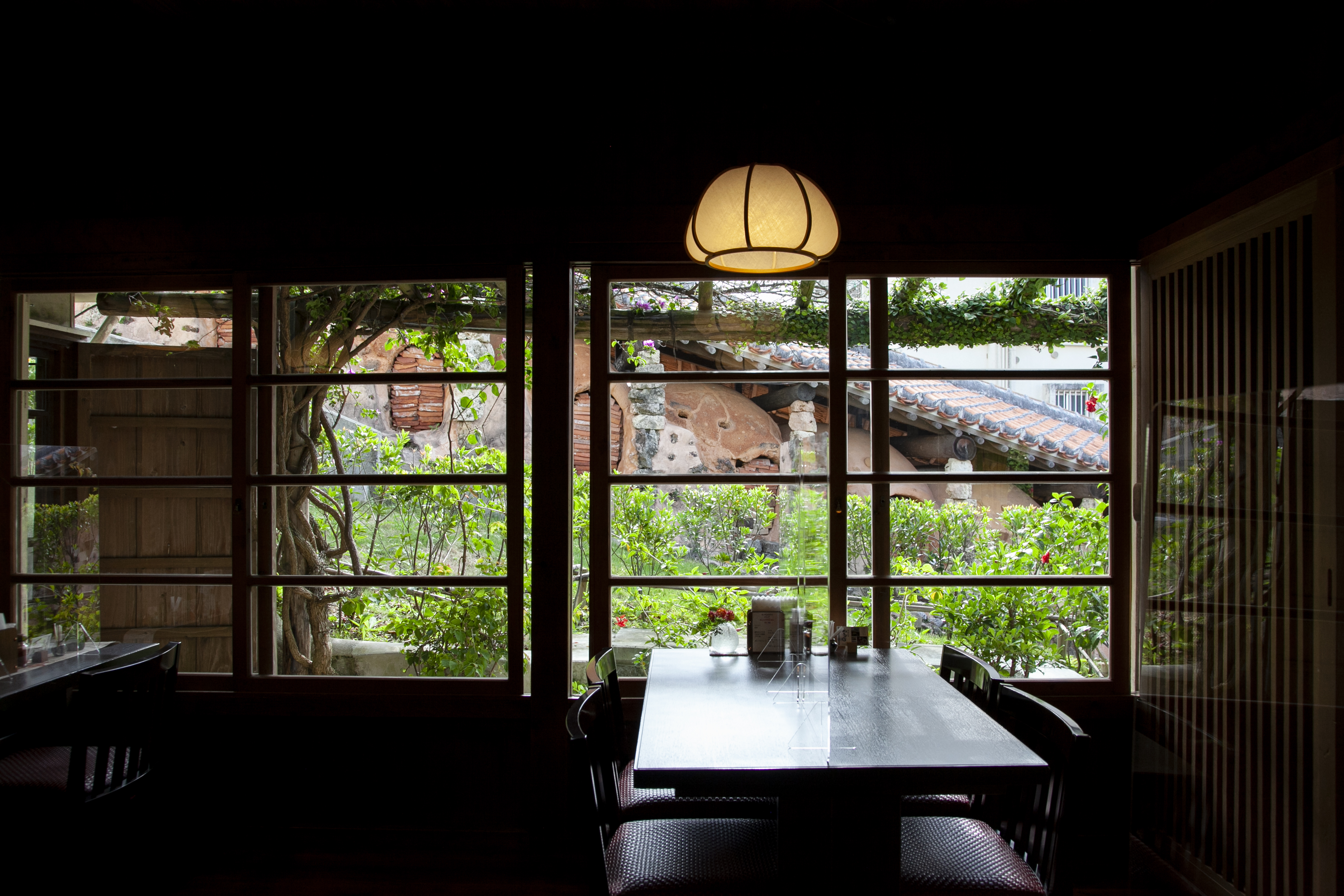
Nuchigafu uses an old folk house built as Okinawa‘s first radio station. In the adjacent land, you can see a pottery kiln, which was designated an important cultural property of Japan.
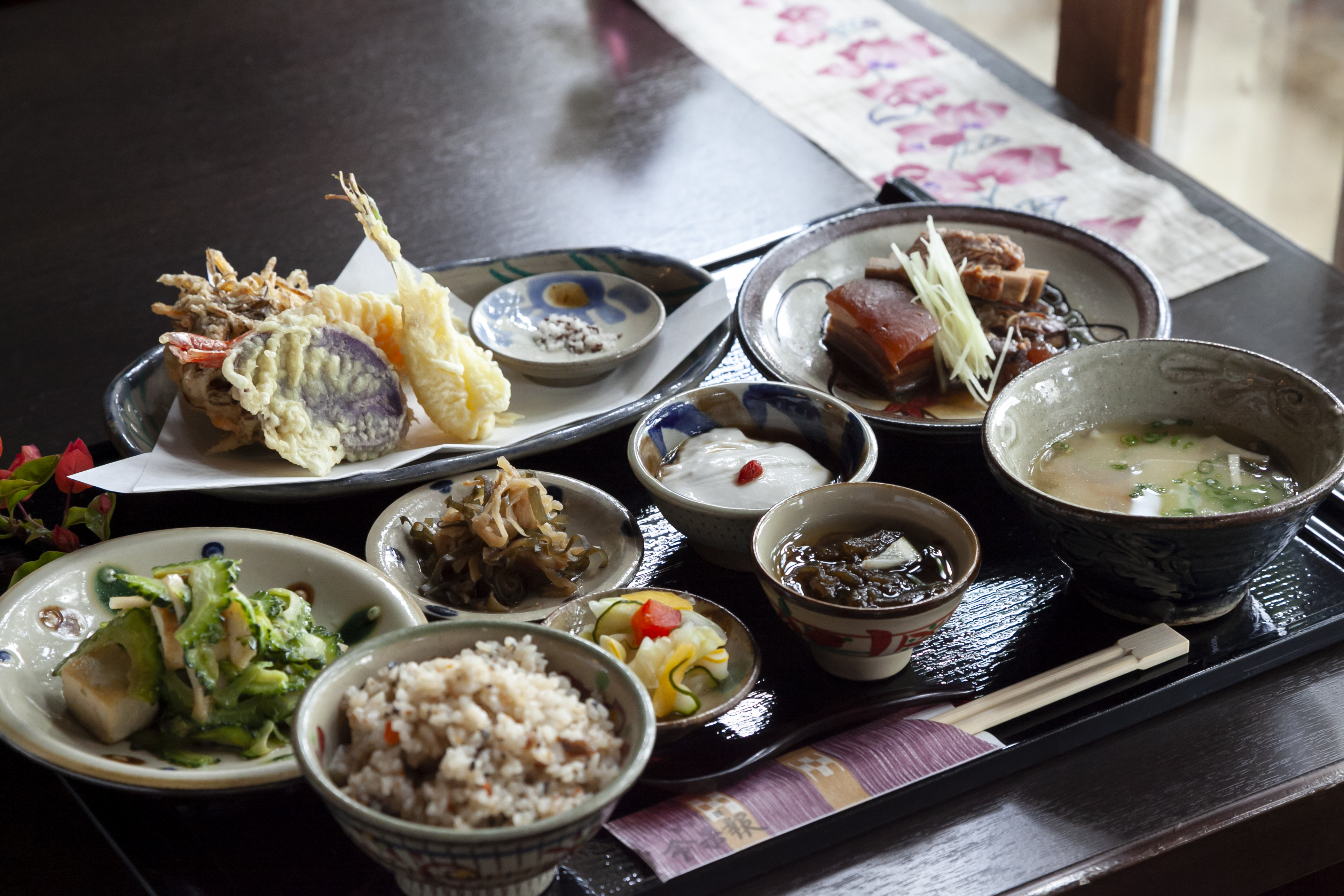
Enjoy traditional Okinawan dishes such as rafute(pork belly simmered in a miso concoction), tempura, and juicy(Okinawan style rice seasoned and cooked with various ingredients). Pictured is the lunch set, known as "Nuchigafu Gozen." ¥2,290 (+tax)
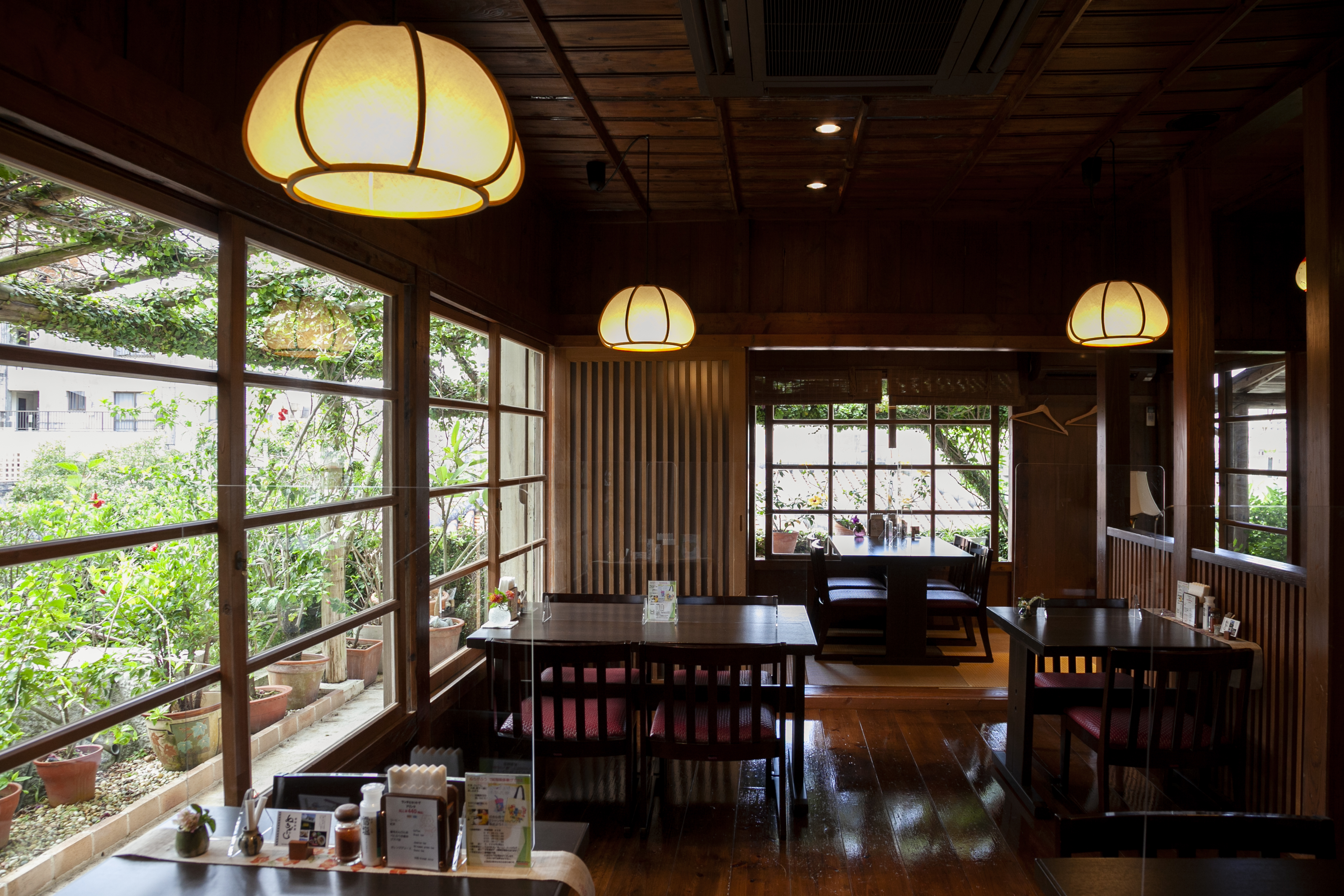
The restaurant features both table seats and tatami-mat seats. At night, you can enjoy course meals starting at ¥ 5,500 (+tax).
Nuchigafu
TEL +81-98-861-2952
1-28-3, Tsuboya, Naha City, Okinawa
bukubuku.okinawa/TRENDING
-
The Tattoos that Marked the Criminals of the Edo Period
Traditional tattoos were strong signifiers; murderers had head tattoos, while theft might result in an arm tattoo.

-
Paris, Tokyo: Robert Compagnon
With his co-chef and talented wife, Jessica Yang, Robert Compagnon opened one of the top new restaurants in Paris: Le Rigmarole.
 3:31
3:31 -
Chiharu Shiota, Red Threads of the Soul
Last year, more than 660,000 people visited the retrospective 'Chiharu Shiota: The Soul Trembles' exhibit at the Mori Art Museum.

-
‘Before Doubting Others, Doubt Yourself. Who Can Truly Say a Dish Isn’t What It Used to Be?’
In ‘A Non-Conformist’s Guide to Surviving Society’, author Satoshi Ogawa shares his strategies for navigating everyday life.

-
The Story of Sada Yacco, the Geisha who Bewitched Europe
Described by Dazed magazine as the first beauty influencer, she has been restored to her former glory since 2019.





